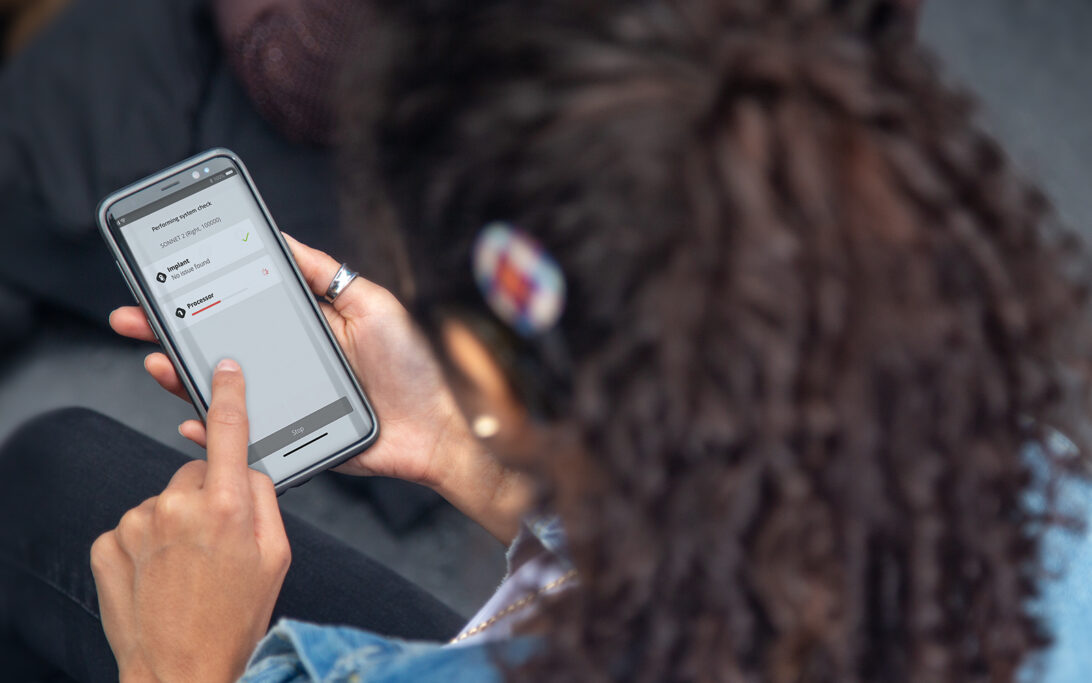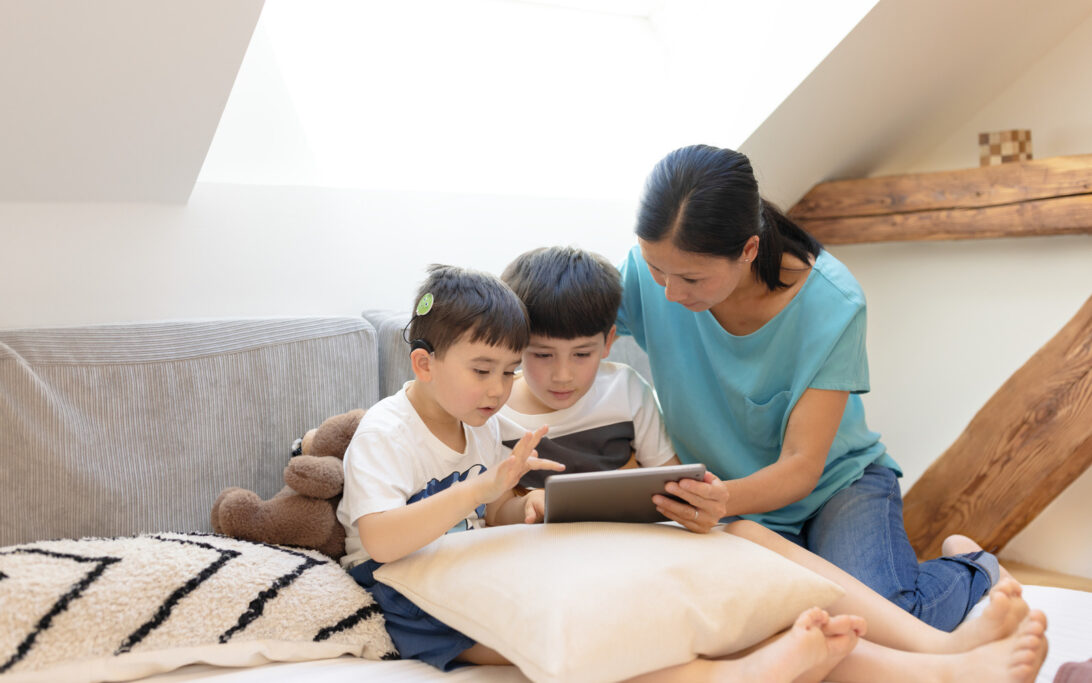
Cochlear implant technology has rapidly advanced, allowing more recipients to enjoy music—but for some, musical enjoyment does not come easily. This article provides clinicians and speech therapists with an overview of research on the benefits of music training, along with introducing a new rehabilitation and music training resource entitled, Meludia and Speech Understanding: Bridging Exercises.

.png)





